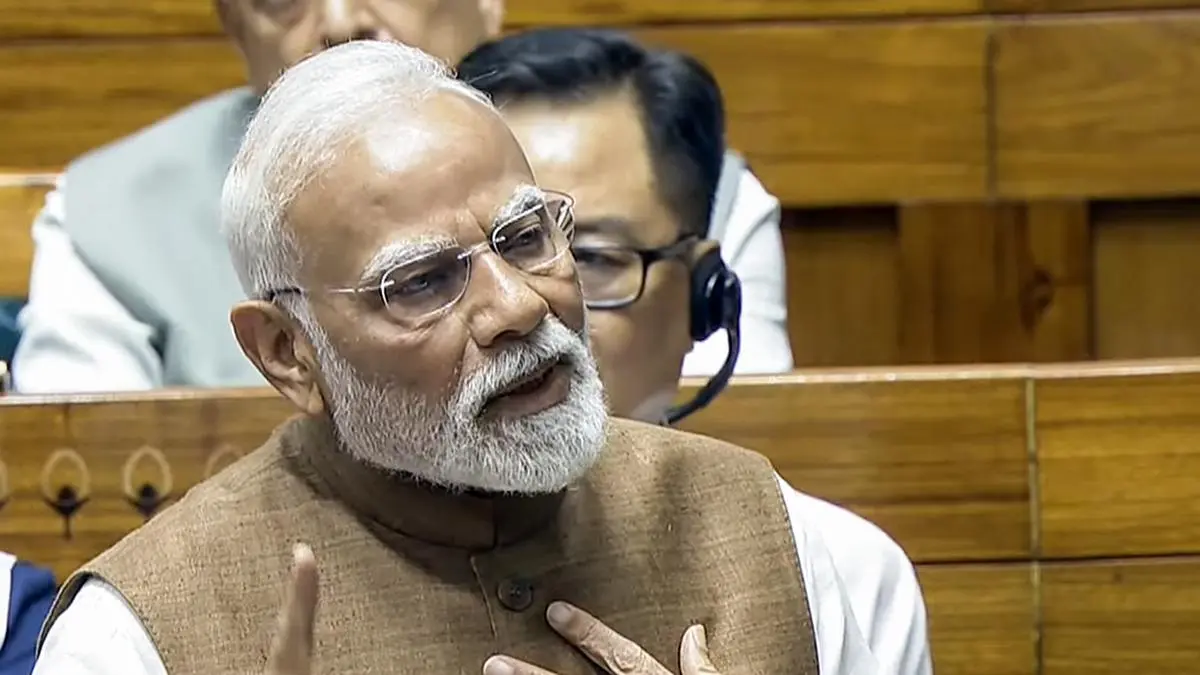India’s commodity derivatives market has undergone a remarkable transformation, evolving from ancient barter systems to a sophisticated, forward contracting between producers and merchants, and subsequently to structured Futures markets with clearing houses that ensure the creditworthiness of transactions. The definition of contracts has progressed from basic forwards to complex options and structured products, enabling originators and intermediaries to mitigate risks beyond their primary expertise.
Derivatives deal with multi-economic functions and are complex and controversial; however, they are an integral part of the financial system. Frequently, the variables driving derivatives are the prices of market-traded assets. For instance, a bond option is a derivative whose value hinges on the price of a bond. However, derivatives are not limited to financial assets; they can derive their value from virtually any variable, such as the price of crude oil or the wind speed at a particular location. The underlying assets for derivatives can include foreign exchange, interest rates, equities, commodities, and credit.
With an impressive 20 per cent annual growth rate, the Indian commodity market has shifted from being agriculture-dominated to seeing greater participation in bullion, energy, and metals trading, mirroring India’s industrial development and reflecting India’s dual identity as both an agrarian economy and a rapidly industrialising one. Behind the numbers and growth rates lies a fascinating tale of farmers, traders, and businesses adapting age-old practices to technology-driven finance.
China expanding rapidly
The annual turnover of commodity forwards is roughly ₹5-10 lakh crore in India, whereas the commodity futures and options segment is about ₹550-600 lakh crore. The turnover is driven by the actions of diverse value chain participants (VCPs), who fulfill roles as hedgers, arbitrageurs, or traders. These VCPs may serve as producers, manufacturers, processors, and consumers, and each player in the value chain leverages commodity futures and options to their benefit; for instance, farmers use futures and options to secure pricing, while firms hedge against raw material costs.
Globally, leading exchanges, such as the Chicago Mercantile Exchange (CME Group), London Metal Exchange (LME), and Shanghai Futures Exchange, have jointly witnessed annual trading volumes exceeding $100 trillion, with China’s markets expanding rapidly due to commodity-driven industrialisation.
As the commodity market accelerates domestically and globally, businesses throughout the value chain – from miners to manufacturers face increasing pressure to manage their exposure to volatile prices. This reality has made risk management tools not just useful, but essential for survival in today’s markets. Thus, Commodity options serve as a versatile and cost-effective risk management tool, enabling hedgers and small stakeholders to navigate price volatility without excessive capital requirements. Unlike futures contracts that demand high margins and carry unlimited risk, options limit potential losses to their holders to the premium paid, making them particularly suitable for farmers, small traders, and manufacturers seeking affordable hedging solutions.
Offering lifeline
For small traders, options offer a lifeline, allowing hedging with minimal capital. Strategies like bull call spreads (buying a call option at a specific strike while also selling the same number of calls of the same asset at a higher strike price) and iron condors (two calls and two puts with different strike prices) help navigate volatility without taking excessive risk. Those expecting a moderate increase in price can deploy the bull call spread, a low-capital strategy that profits from upward moves while defining maximum risk.
For neutral market conditions where prices are expected to remain range-bound, the iron condor strategy allows traders to benefit from low volatility by selling both out-of-the-money calls and puts while limiting risk with defined wings. Suppose you’re a farmer watching grain prices move sideways for weeks, or a small jeweler seeing gold trade in a tight range. Instead of taking big risks, these strategies let you earn reasonable gains from market stability while keeping your potential losses known. Similarly, the butterfly spread (four options contracts with three different strike prices) enables precise bets on price stability, offering high reward potential with very low risk if the commodity stays near a target price at expiration.
By implementing these solutions and understanding the full spectrum of available strategies, commodity market participants can significantly enhance their risk management capabilities and market participation. The key lies in matching the appropriate strategy to specific market expectations and risk tolerance, creating a more inclusive and efficient marketplace for all participants.
Despite these advantages, challenges such as limited liquidity, lack of awareness, and margin requirements hinder broader adoption among farmers and other stakeholders. To address these barriers, exchanges and regulators should promote financial literacy programmes, introduce micro-sized contracts, and incentivize market makers to improve liquidity. By simplifying these strategies and enhancing market accessibility, commodity options can become an indispensable tool for hedgers and small traders, fostering greater participation and stability in the commodity markets.
Dr Arora is Associate Professor & Area Chair (Finance) & Dr Bhatia is Professor (Finance) and Dean-Executive Education, Birla Institute of Management Technology (BIMTECH) Greater Noida
Published on August 2, 2025






